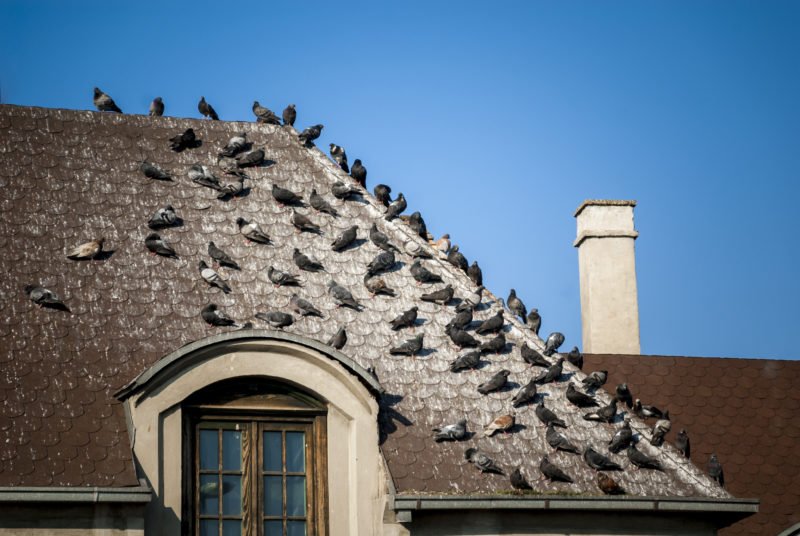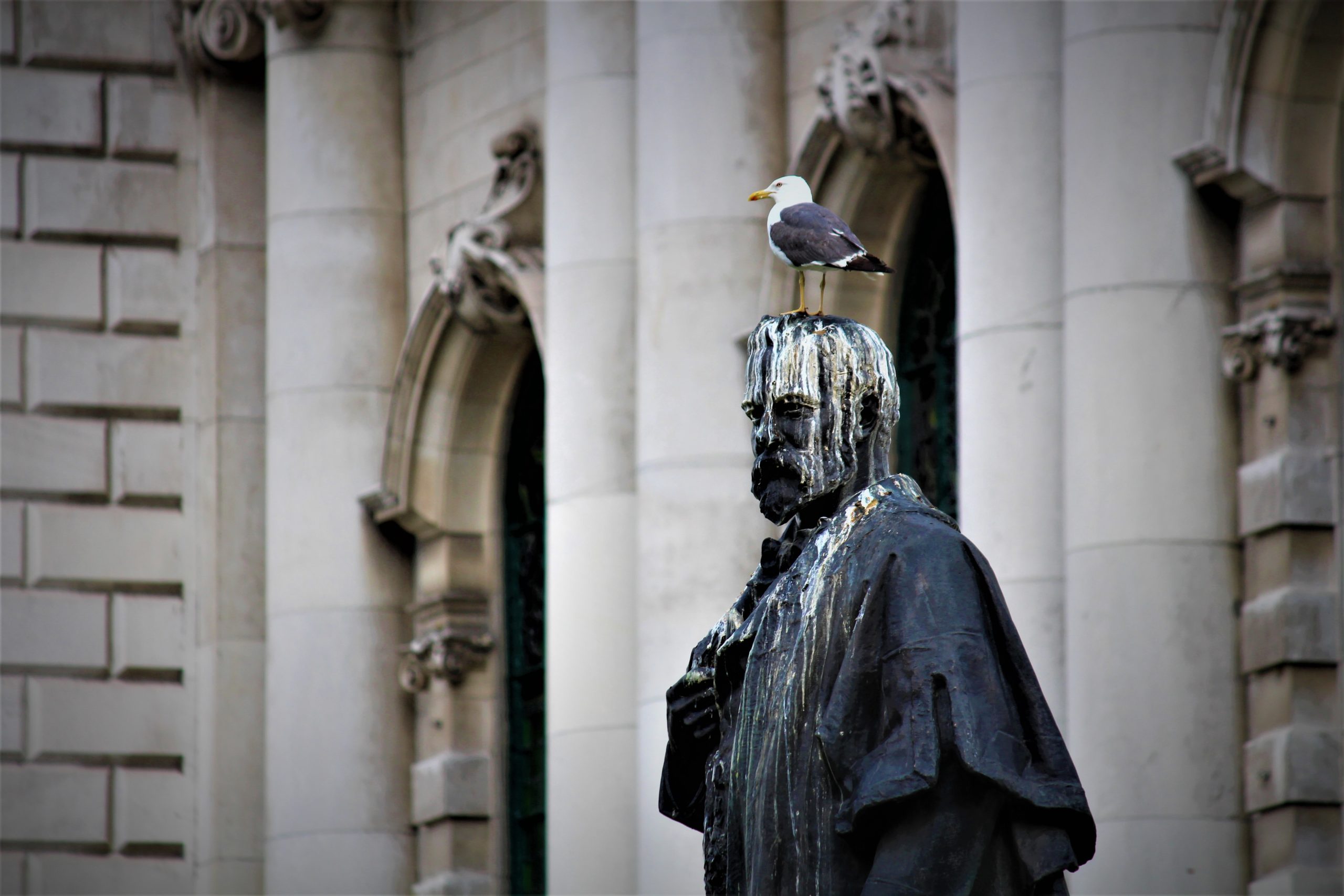Need bat or bird guano removal for your property?
Whether your concerns are bird guano health risks or the damage bats are causing to your metalworks, we provide bat and bird guano removal with DEFRA and Natural England permissions.
Reliable Guano Removal Services in the UK
Health Risks of Bat and Bird Guano
Though bird guano is not a general health hazard, dried excrement that is disturbed can irritate the bronchial passages of those with pre-existing respiratory conditions. According to the Health and Safety Executive, when dust or water droplets containing contaminated bird droppings are inhaled, they can result in diseases such as psittacosis and salmonella. Cryptococcus has also been linked with soil contaminated by pigeon droppings, which can cause lung infections or meningitis.
The Bat Conservation Trust notes that while rare, allergic reactions to dust inhalation and gastrointestinal infections from consuming bat droppings are possible.
The proper removal of guano is therefore essential to minimise exposure to these harmful pathogens and reduce health risks.

Safe Removal of Bat and Bird Guano in the UK
In most circumstances, guano removal and disposal can be carried out by the property owner. Before starting, it’s important to carry out simple health and safety checks to make sure the cleaning can be done safely.
Our Expert Guano Removal Process
Whether guano is gathering at a perch site or roost site, the first step is to carry out an inspection to determine whether the area is currently being used by birds or bats.
It is a criminal offence to disturb an active bird nest or its contents. In such cases, removal requires permission from the Department for Environment, Food and Rural Affairs (DEFRA), and a licensed wildlife rehabilitator may also need to be consulted.
As a European protected species, bats, as well as their resting places and breeding sites, are also protected by law. If guano removal risks disturbing them, a licence may be required from Natural England before any work can be carried out.
Once we know we can proceed with the guano removal, we will then carry out the following preparations:
- Conduct a full health and safety risk assessment, especially if areas to be cleaned involve working at height
- Prepare appropriate protective clothing and equipment, such as Respiratory Protective Equipment (RPE)
- Write a site-specific method statement and/or plan of works
- Where lawful and necessary, arrange for the safe removal of birds or bats
- Where possible, block entry and exit points
- Install plastic sheeting to avoid the spread of any contamination
Bird and bat guano removal techniques include the following:
- Dampening dried guano to make removal safer and easier
- Removal using a paint scraper or hot, soapy disinfectant water with a scrubbing brush
- Bagging up the waste and disposing of it at a registered facility, for which all documentation will be provided
- Bird deterrents installed as soon as the surface is clean and dry
With our efficient guano removal services, we are here to clean up when nature calls! Please get in touch for more information or for a no-obligation quotation.

Bird proofing
Alongside our bat and bird guano removal services, our trained operatives install a variety of bird deterrents. These include spikes, wires, and scarers to prevent birds from roosting and causing damage. We offer solutions for all property types, sizes, and budgets:
Anti-bird spikes: Rigid stainless steel or plastic spikes about 8 inches high to prevent birds from landing on chimneys, gutters or statues. Cost-effective, durable, and RSPB-approved for pigeons.
Post and wire bird proofing: Discreet solution using spring-loaded stainless steel wires fixed by posts on ledges, beams, and railings. Suitable for brick, stone, and concrete and are easy to maintain and remove.
Chimney bird proofing: Essential for preventing gulls and pigeons from nesting in chimney pots. Options include spikes or wire cowls, tailored to prevent guano removal and blockages.
Solar panel bird proofing: Wire mesh installed between panels and roof to prevent pigeons nesting and guano build-up. Fast, efficient installation, including hard-to-reach areas.
Bird scaring: Preferred methods include mobile predator decoys, reflective light repellers, and non-toxic repellent gels that deter birds visually and by smell, suitable for most solid surfaces.
Different types of proofing are required to effectively deter various species of bats and birds, so please contact us for advice tailored to your specific situation.
